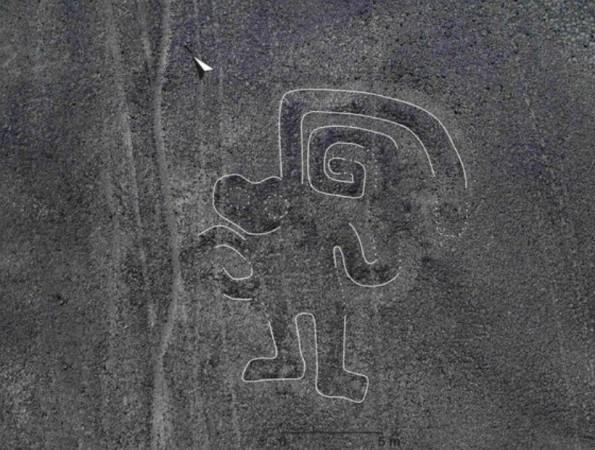
It was around a few years back that researchers discovered three-fingered mummies near Nazca lines, Peru. After the discovery, Dr Konstantin Korotkov, a professor of Computer Science and Biophysics at Saint Petersburg Federal University conducted genetic tests on them and this research failed to find any evidence to prove that these mummified creatures are of earthly origin. As the research conducted by Korotkov went viral, conspiracy theorists started claiming that these mysterious creatures might be aliens from deep space.
Humanoid figures elevate the mystery
Now, a team of Japanese researchers, with the help of advanced artificial intelligence tools has discovered over 140 Nazca lines that represent humanoids, animals and other living beings. The study carried out by researchers at Yamagata University revealed that these figures date back from between 100 BC and 300 AD, near Nazca Lines in Southern Peru.
During the research, Japanese researchers used high-resolution images and artificial intelligence to identify the new figures, and one of these figures literally resembles a human body.
Nazca Lines mystery continues
It was in 1927 that researchers initially discovered Nazca Lines. In 1994, Nazca Lines were given UNESCO World Heritage Site status. Nazca Lines garnered worldwide attention following the discovery of three-fingered mummies from the area.
Due to the weird shape of these humanoid creature's skulls, many people argued that aliens have visited the area in the ancient past, and people in Peru might have buried them following their death thinking that they were heavenly creatures from the sky.
As the mystery surrounding Nazca Lines continues, some conspiracy theorists believe that the Peruvian government is covering up secrets surrounding the area for unknown reasons. Citing the research conducted by Korotknow, alien buffs are now urging the authorities to study deeply about these alien bodies and weird drawings, as the anatomical structures of these mysterious humanoids are different from modern man.





!['It's not Mumbai traffic, it's air traffic': Suriya apologises to Mumbai media after paparazzi yelled At Him for making them wait for hours [Watch]](https://data1.ibtimes.co.in/en/full/806234/its-not-mumbai-traffic-its-air-traffic-suriya-apologises-mumbai-media-after-paparazzi.jpg?w=220&h=138)
![Bigg Boss 16-fame Sreejita De and Michael Blohm-Pape exchange wedding vows in dreamy Bengali ceremony [Inside Pics]](https://data1.ibtimes.co.in/en/full/806233/bigg-boss-16-fame-sreejita-de-michael-blohm-pape-exchange-wedding-vows-dreamy-bengali-ceremony.jpg?w=220&h=138)






